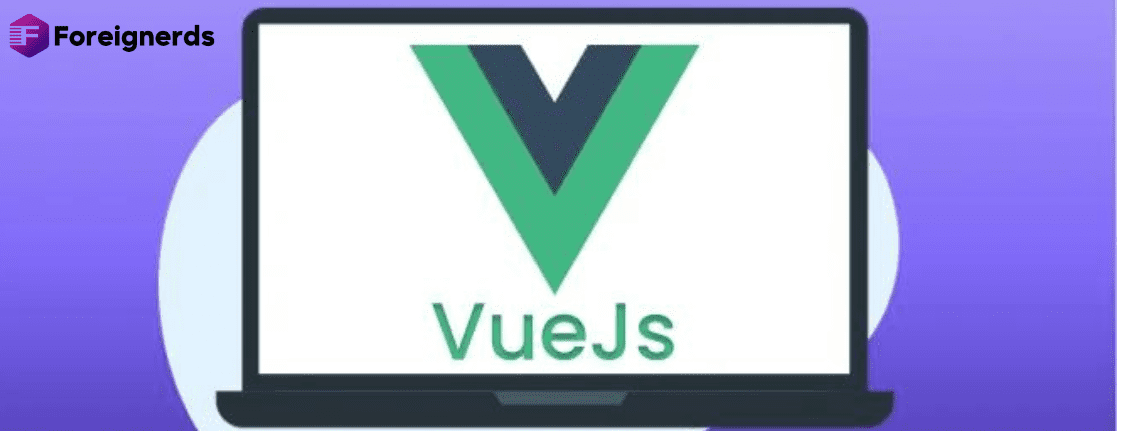Exploring Vue.js Integration with Laravel: A Comprehensive Guide
Introduction
In this comprehensive guide, we will delve into the synergy between Vue.js and Laravel, exploring what Vue.js is, how it seamlessly integrates with Laravel, and why leveraging this powerful combination can significantly enhance your
web development experience.
Prerequisites
Before we embark on this journey, it’s essential to have a foundational understanding of PHP and Laravel, as well as a basic grasp of JavaScript. Additionally, ensure that PHP and Composer are set up on your local machine.
What is Vue.js?
Vue.js, in its own words, is a “progressive framework for building user interfaces.” Focused on the view layer of an application, Vue.js facilitates easy integration with various platforms and existing applications. It empowers developers to build sophisticated single-page applications independently or seamlessly integrate with other frameworks.
How Does Vue.js Work?
In the era predating event-driven frontend JavaScript frameworks, updating the Document Object Model (DOM) posed challenges and inefficiencies. Vue.js addresses these issues by employing a virtual DOM, creating a copy of the DOM and updating only the relevant section when changes occur. This approach enhances efficiency and responsiveness, enabling seamless user experiences without unnecessary page reloads.
Vue.js provides reactive and composable view components, responding to events and triggering instantaneous DOM changes. Its composable components offer flexibility, allowing developers to select and assemble them in various combinations to meet diverse requirements.
Why Use Vue.js with Laravel?
1. Frontend Domination
In today’s internet landscape, applications are predominantly event-driven, ensuring users enjoy a fluid experience akin to locally-installed applications. Vue.js, working on the frontend, eliminates the need for page reloads, contributing to a smoother user experience.
2. Reactive Components for Event-Driven Apps
Vue.js enables the development of fully event-driven applications with seamless frontend handling. The framework’s reactivity, coupled with Laravel integration, facilitates data requests and UI changes without page reloads, offering users an exceptional experience.
3. Optimal Frontend Page Building
For applications with components requiring frequent updates, Vue.js becomes indispensable. Unlike vanilla JavaScript or jQuery, Vue.js employs a virtual DOM to track dependencies during rendering, minimizing resource usage and improving overall application efficiency.
4. Single Page Application (SPA)
The advent of Single Page Applications has revolutionized the internet, extending access to users with limited internet connectivity. Vue.js complements this trend by enabling the creation of SPAs, where assets load once, and subsequent data requests require minimal bandwidth.
5. Ease of Learning and Usage
Vue.js stands out for its simplicity and abstraction, making it easy for developers to grasp and implement. With similarities to plain JavaScript, Vue.js allows for the rapid development of non-trivial applications after just a day of exploring its documentation.
Basic Vue Usage with Laravel
To illustrate the integration of Vue.js with Laravel, let’s consider a step-by-step guide to building a basic Vue component within a Laravel application.
Step 1: Laravel Installation
Create a new Laravel installation using the Laravel installer:
bash
$ laravel new vueapp
If the Laravel installer is not installed, use the following command:
bash
$ composer global require "laravel/installer"
Change your working directory to the new Laravel installation:
Step 2: Install Vue and JavaScript Libraries
Install Vue.js and other required JavaScript libraries:
Setup your application to reload when changes are made to your JS assets:
Step 3: Start Laravel Application Server
Open another terminal instance and start the Laravel application server:
Step 4: Creating Your First Vue Component
Create a new Vue component, for example,
Welcome.vue, and define its template, script, and style sections. This component will serve as the welcome page of the application.
javascript
<template>
<!-- Template section -->
</template>
Step 5: Using the Component in Laravel Blade File
In the Laravel Blade file (
welcome.blade.php), make Vue aware of the new component and use it as follows:
javascript
<script type="text/javascript" src="js/app.js"></script>
Passing Data to the Component
Demonstrate passing data to the component by updating the title dynamically. This involves modifying the Blade file and Vue component to incorporate dynamic data.
Demo 1: Using Static Data
Update the welcome Blade file:
php
<div id="app">
<welcome :title="'This cool app'"></welcome>
</div>
Update the
Welcome.vue component:
javascript
<div class="title m-b-md">
{{ title }}
</div>
Demo 2: Passing Data from the Server
Update the route in
web.php:
php
'title' => "An even cooler way to do the title"
Update the Blade file:
php
<div id="app">
<welcome :title="'{{ $title }}'"></welcome>
</div>
Demo 3: Creating a Second Page
Create a new Vue component (
Page.vue) for a second page, receiving additional data like the author’s information.
Building the Entire Frontend in Vue
Step 1: Installing Vue Router
Install Vue Router to enable navigation within the frontend application:
bash
$ npm install vue-router
Step 2: Setting up Routes
Define routes for the application in
vueapp.js using Vue Router. Create a parent container component (
App.vue) to serve as the entry point for the Vue application.
Step 3: Setting up the Parent Container
Create the
App.vue component to act as the parent container, incorporating navigation links and a router view outlet.
Step 4: Mounting Components
Configure Laravel Mix to build the Vue application, and create a Blade file (
vueapp.blade.php) to serve as the entry point for the SPA. Define a route in
web.php to allow access to the SPA.
Step 5: Building the Application
Build the application using the following command:
Visit the application at
http://127.0.0.1:8000/home to experience the Single Page Application.
Conclusion
In this comprehensive guide, we’ve explored the symbiotic relationship between Vue.js and Laravel, providing insights into their integration and demonstrating practical examples. By understanding the capabilities and advantages of this powerful combination, you can elevate your web develotpmen projects to new heights. This guide serves as a starting point, and further exploration of Vue.js documentation will unveil additional possibilities and features. Embrace the seamless integration of Vue.js with Laravel and embark on a journey of efficient and dynamic web development.
